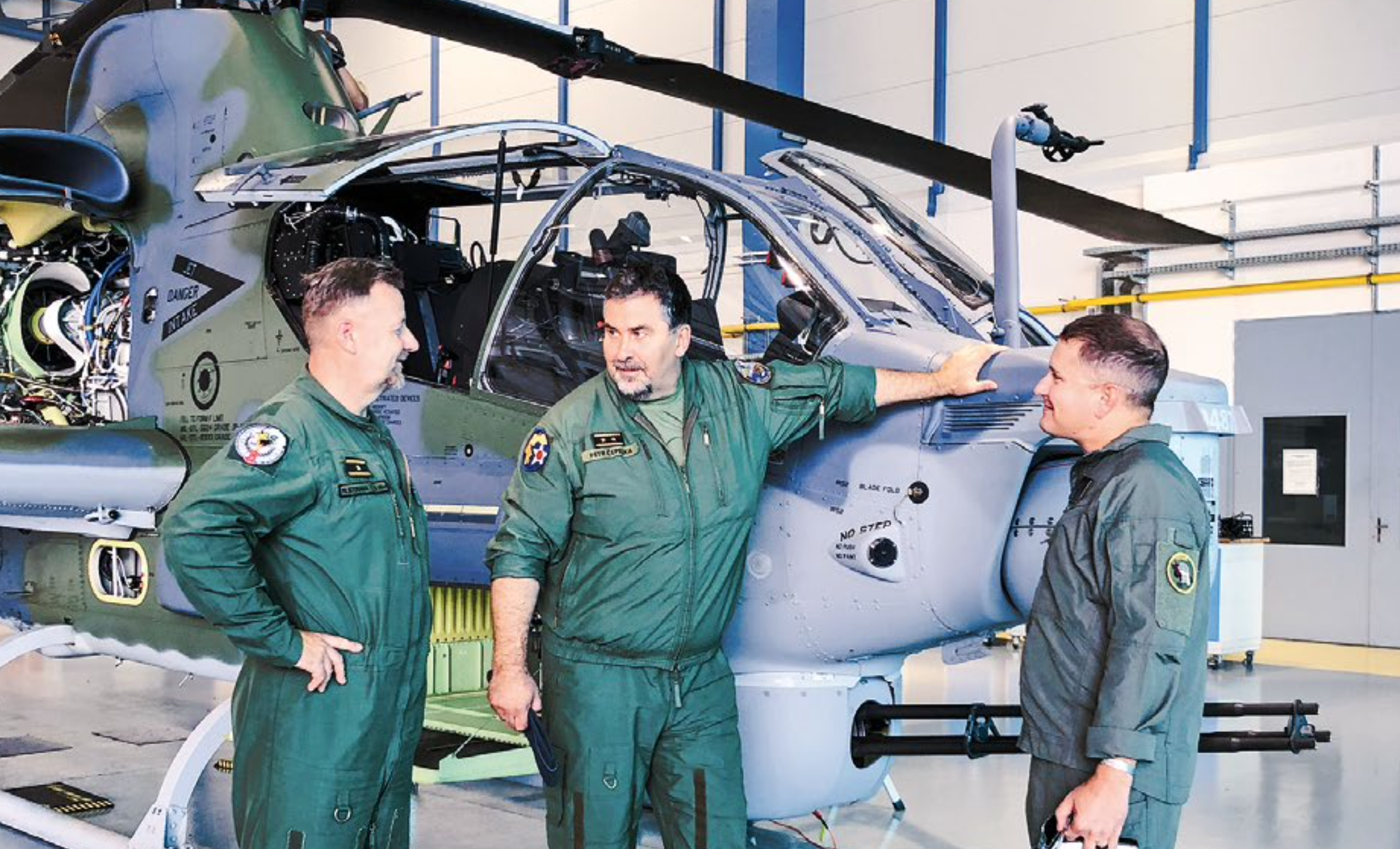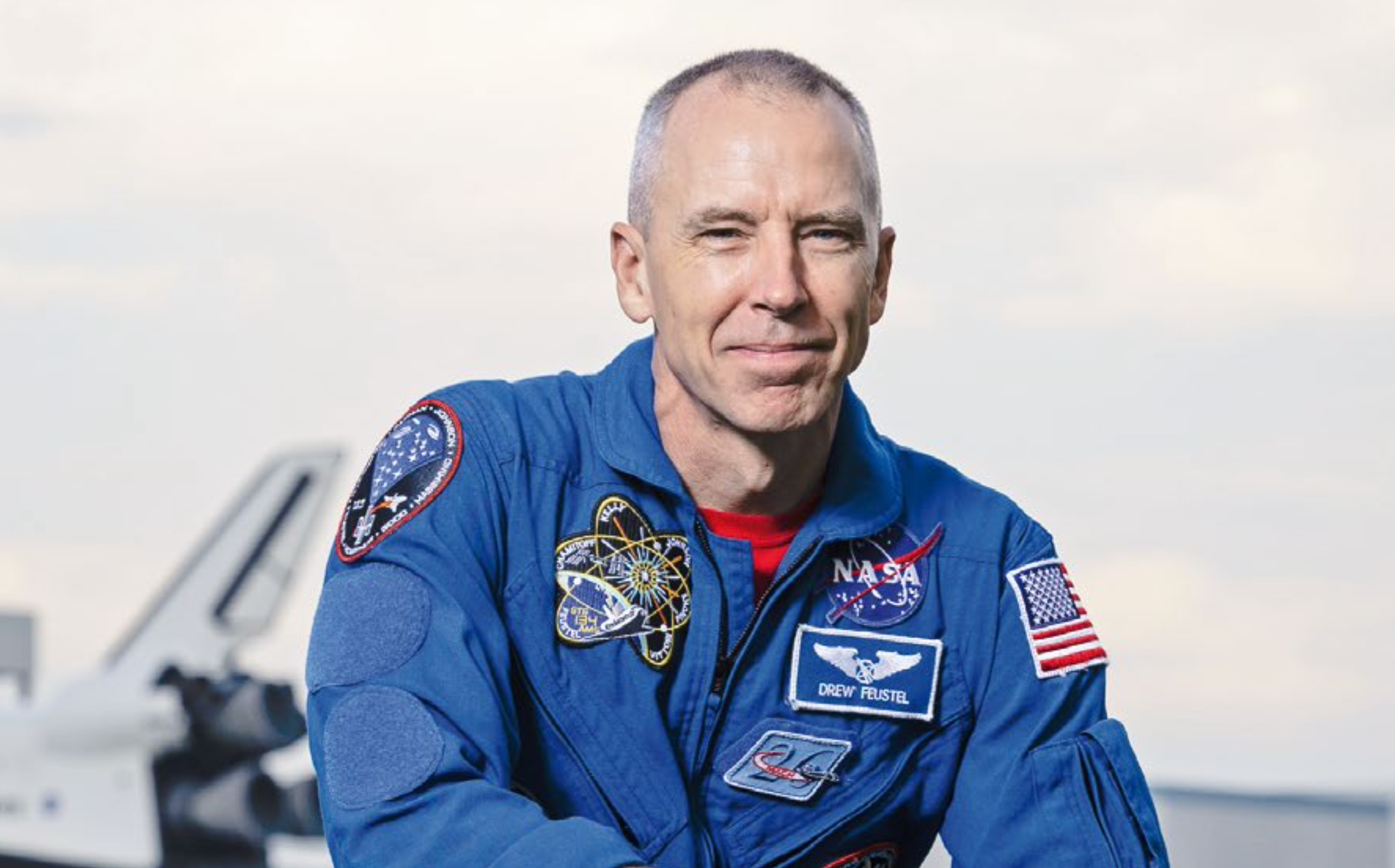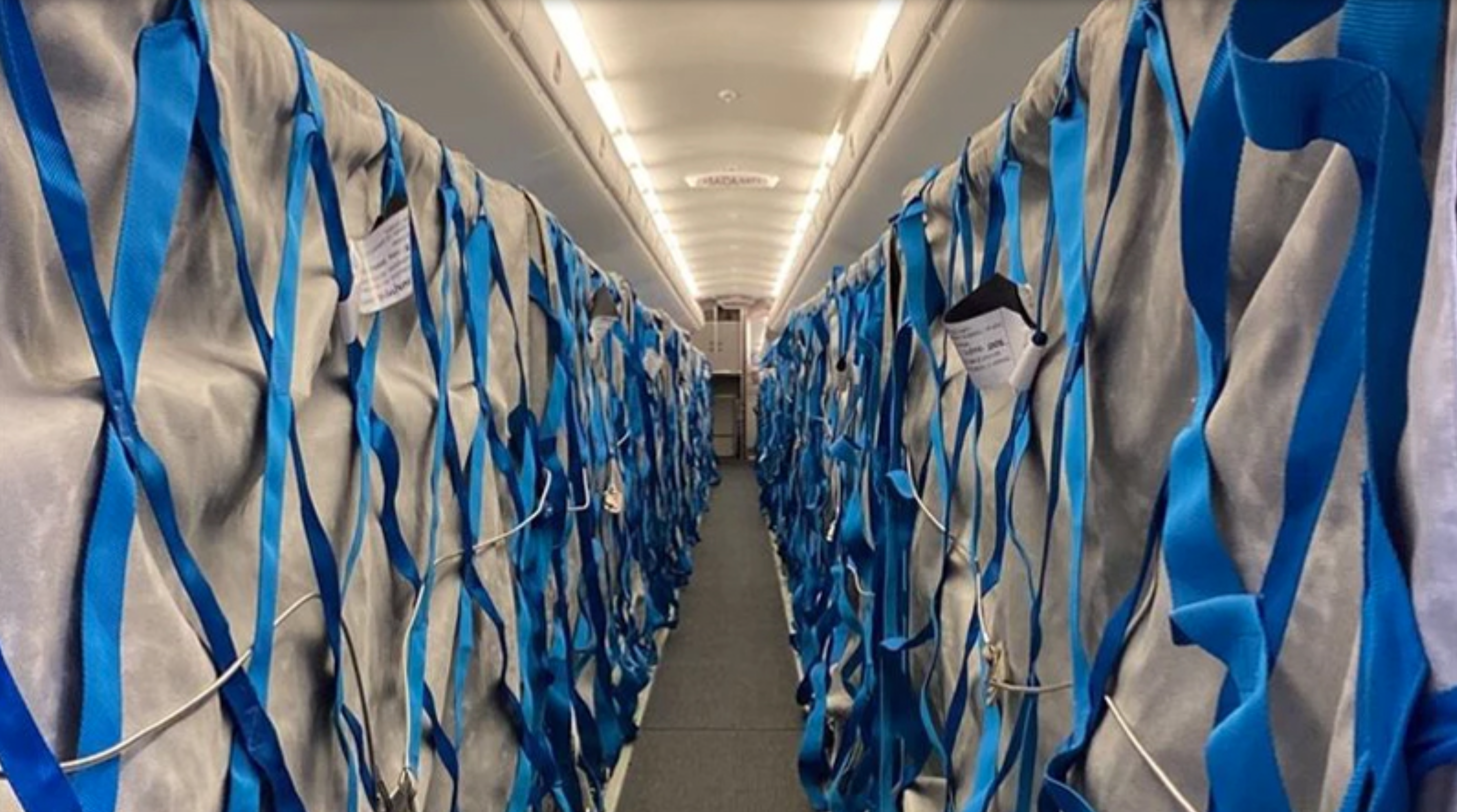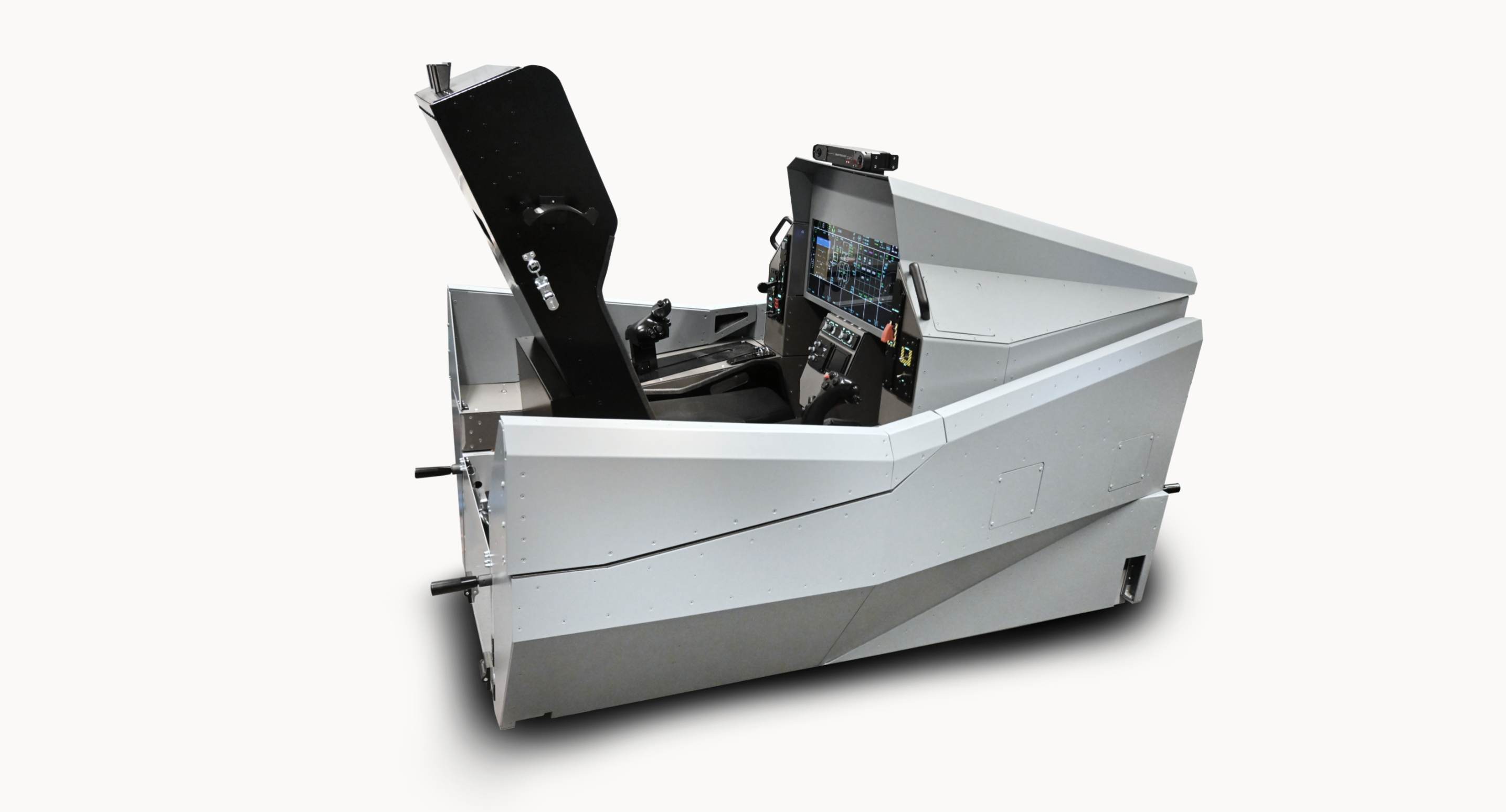 It is impossible to make a debut at this incredibly high-quality magazine and not brim with excitement. I feel honoured to be given this space and I hope that I can introduce the esteemed ACE readers to new frontiers of innovation and investment in the aviation sector. This author is based in Dubai, United Arab Emirates, a global leader in the aviation sector. After the global crisis, it will emerge as one of the case studies, to observe and document for generations to come. But I will leave this subject for another time.
It is impossible to make a debut at this incredibly high-quality magazine and not brim with excitement. I feel honoured to be given this space and I hope that I can introduce the esteemed ACE readers to new frontiers of innovation and investment in the aviation sector. This author is based in Dubai, United Arab Emirates, a global leader in the aviation sector. After the global crisis, it will emerge as one of the case studies, to observe and document for generations to come. But I will leave this subject for another time.
I remember it perfectly, the day I received a phone call from China, when our partners announced nervously that they weren’t able to board the flight to attend the Investment Summit due to COVID-19 restrictions, the day was 29th January 2020.
Until that month, wherever I set foot, be it a stage or a meeting room, attracting investors to this sector wasn’t a problem. All of a sudden, the situation shifted dramatically and if the infamous quote by Sir Richard Branson “If you want to be a Millionaire, start with a billion dollars and launch a new airline” previously served as a reminder that every business has to have a solid plan and market, nowadays, this prophecy lives in every investor, even with no experience in the sector. The difference is the change from airlines to aviation.
The truth is, we can’t blame them, because every investor worked hard to build their profile. But times of crises are also times of opportunities, and every aviation innovation created to address cost problems or pandemic related problems is still very welcome.
With every predicament comes a new perspective, and the new normal in aviation is here to stay and disrupt. But disruption in the sector has been in the works since 2009, when Urban Mobility started to ignite in Silicon Valley, in the form of controllable and electric flying machines, the drones!
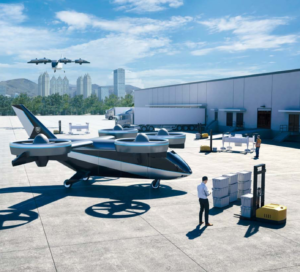
Human genius didn’t take too long to escalate this idea into vehicles that could transport passengers. It might seem that the idea behind it came from science fiction, I first saw it in the early 1980s with the Jetsons, a super cool family from the future.
Although I am a fixed wing geek, I clearly remember my first flying toys being helicopters and flying saucers because they could take off and land in any of my imaginary places, from point A to point B!
We must admit that this kind of travel between our home and office by air is simply irresistible, but now – with less than 42 years away from the year the Jetsons lived in – we still have huge milestones to overcome. Nevertheless, this dream is now more within reach than ever, we are evolving very fast and, more importantly, this is a sector the investors are willing to invest in substantially!
While commercial aviation is amidst the worst storm of its history, trying to survive, there’s still a gold rush, a run to develop the project in the Urban Mobility Sector, with stakeholders looking to inject millions of dollars in projects, pre-revenue and with rapid cash burn rates. Sounds crazy, right?
What is behind this investor and entrepreneur trend?
The Jetson dream aside, according to Porsche Consulting – one of the first global consultants studying this market – vertical mobility has the potential to become a global market worth 74 billion USD by 2035. The investment bank Morgan Stanley went even further, suggesting that this market could reach the value of $2.9 trillion by 2040.

The concept relies on vehicles capable of electric vertical takeoff and landing, or eVTOL, that will be used for urban mobility, services, cargo transport and passenger transport. A more rational perspective points to a dramatic decrease in the cost of urban transportation, reducing emissions and traffic congestion, while making our lives easier.
According to EVTOL Aircraft Directory, we can account for 170 projects involved in the development of over 400 different models with different design and disruptive propulsion systems like vectored trust, hover bikes or personal flying devices, electric rotor craft, lift and cruise, and wingless.
These machines are the backbones of our future air transport, and everyone wants a piece of this market.
From mighty Google with Kitty Hawk, Cora and Flyer, E-hang from China, German Volocopter – the first one I saw live during their debut at Expo Aero – to Silicon Valley, where Joby aviation is in the process of acquiring UBER Elevate, or to the investment record breaking – also German – Lilium, with an investment of over $100 million and determination to raise an additional $400 million. There is no limit for entrepreneurs and their ideas, especially in Europe, where Roland Berger reported the most active projects.
The list doesn’t end here, the “habitués” are also coming on board with several launched projects, some already in flight testing. Bell, Airbus, Embraer and Boeing are already in the game, with the American company betting on smart acquisitions like Aurora, and strategic partnerships like Porsche.
Future of flying is all about automation, reducing costs, flying cleaner and faster. It didn’t take long before the automotive industry realised that they could lose market at the street level.
One Tesla is enough, and troubled by the thought that its core ground transportation business will be disrupted, the legacy manufacturers open their pockets. Hyundai, Toyota, Daimler, and Ford are already reportedly spending billions to catch up with the self-flying personal or taxi dream industry.
What are we missing? Technology is here, investors are surging, so why aren’t we seeing our neighbour soaring to the office in a beautiful Aston Martin Volante?
I first saw Austin Martin Volante Vision, live at the Farnborough, because of my connection with a Middle East investment in the aviation ecosystem.
I was immediately pitched to the project by the team. My awareness of aviation at the time, as a student pilot directly involved with a Civil Aviation Authority, left me feeling puzzled by the disruptiveness. So much so that during that presentation, I could only think: ‘Who’s going to fly that? A regular Aston Martin owner? Impossible, so who is going to buy it?’
Here are some of the biggest challenges of this technology, and of us living our lives in the future as Jetson families: safety, certifications, law, and social acceptance.
There is enough technology to leave home vertically, but it is currently not acceptable from the authorities’ point of view. Another reason is probably the fact that the aviation industry is not keen to accept these realities and start working on them.
Before the pandemic, commercial aviation bodies complained about the lack of investment in infrastructure for safety and air traffic management. So how will the industry take the responsibility and innovate towards Urban Air Mobility reality?
Only aviation organizations have the resources and expertise needed to manage eVTOL, but as expected, they are slower than the entrepreneurs, and COVID19 might be making matters worse.
Some traditional aviation OEM’s, like Bell, will start with a hybrid version, with a certain degree of human supervision, until further innovation of autonomous flight and flight envelope safety is achieved.
Aurora, a flight science company acquired by Boeing, believes that operations should be autonomous at a very early stage, because this will allow more traffic and autonomy, however, it also poses a big question: where is the technology and infrastructure to manage autonomous traffic?
Suddenly, the 2035 goal seems too ambitious.
The cost of certifying a civil single engine air aircraft (PART 23) can come up to $25 million US dollars, and, according to the United States Federal Aviation Authority, it’s speculated that the cost of a medium commercial aircraft can go as high as 1 billion dollars.
According to CB Insights, venture capitalists have invested US$140 million per year in flying cars since 2016. With this average capital raise, how many models could be certified in the short term?
Lilium declared to stakeholders that their flying prototype should be certified in 2 years. I can hear the aviation legacy OEM’s laughing.
Nevertheless, a certification might be the smallest of the challenges ahead. If we start with hybrid, there is a lot of work ahead on expanding the envelope, advancing technologies, ensuring safety and certifying the aircraft.
Now is the time to invest in an ecosystem of services, such as vertiports, data services, flight and weather software services, communication & navigation solutions, infrastructure and high definition mapping interfaces.
The revolution is here and it would be smart to jump right in, but I guess if I had capital to invest in this sector, I would place my bets on services and infrastructure.
According to Porsche consulting, the eVTOL market will be valued at 21 billion USD by 2035, 5 billion USD worth of revenue will originate in Hardware (eVTOL), while the remaining 16 billion will be comprised of services and others.
I believe that the areas worth investing in are infrastructure and services, some might be tough, but surely most of them aren’t created or ignited. It’s time to look beyond flying cars, focus on the ecosystem, embrace opportunities and strike gold!
Text by: Frederico Fernandes
Photos by: Frederico Fernandes, Bell, Uber, Lilium, Volocopter

